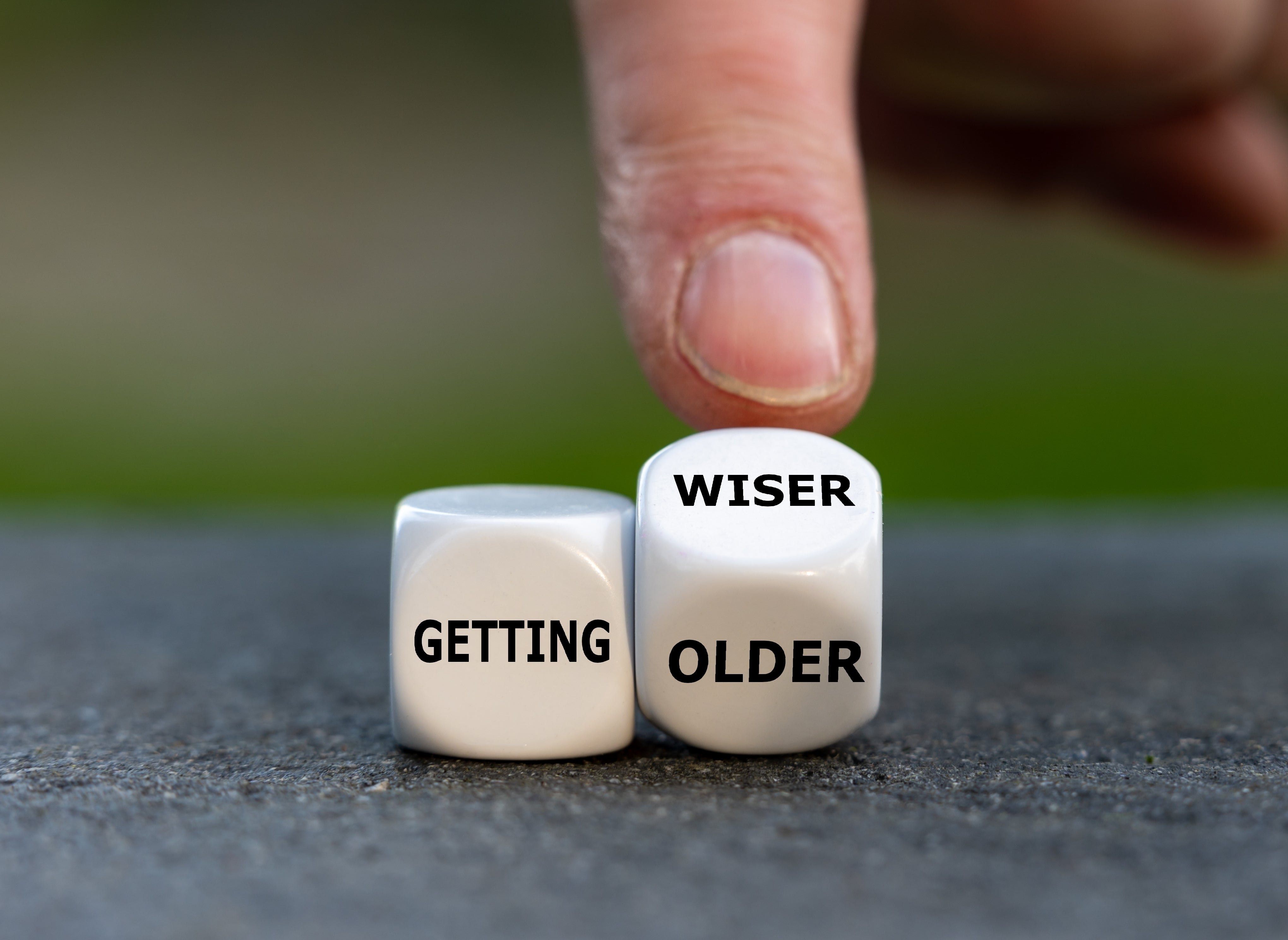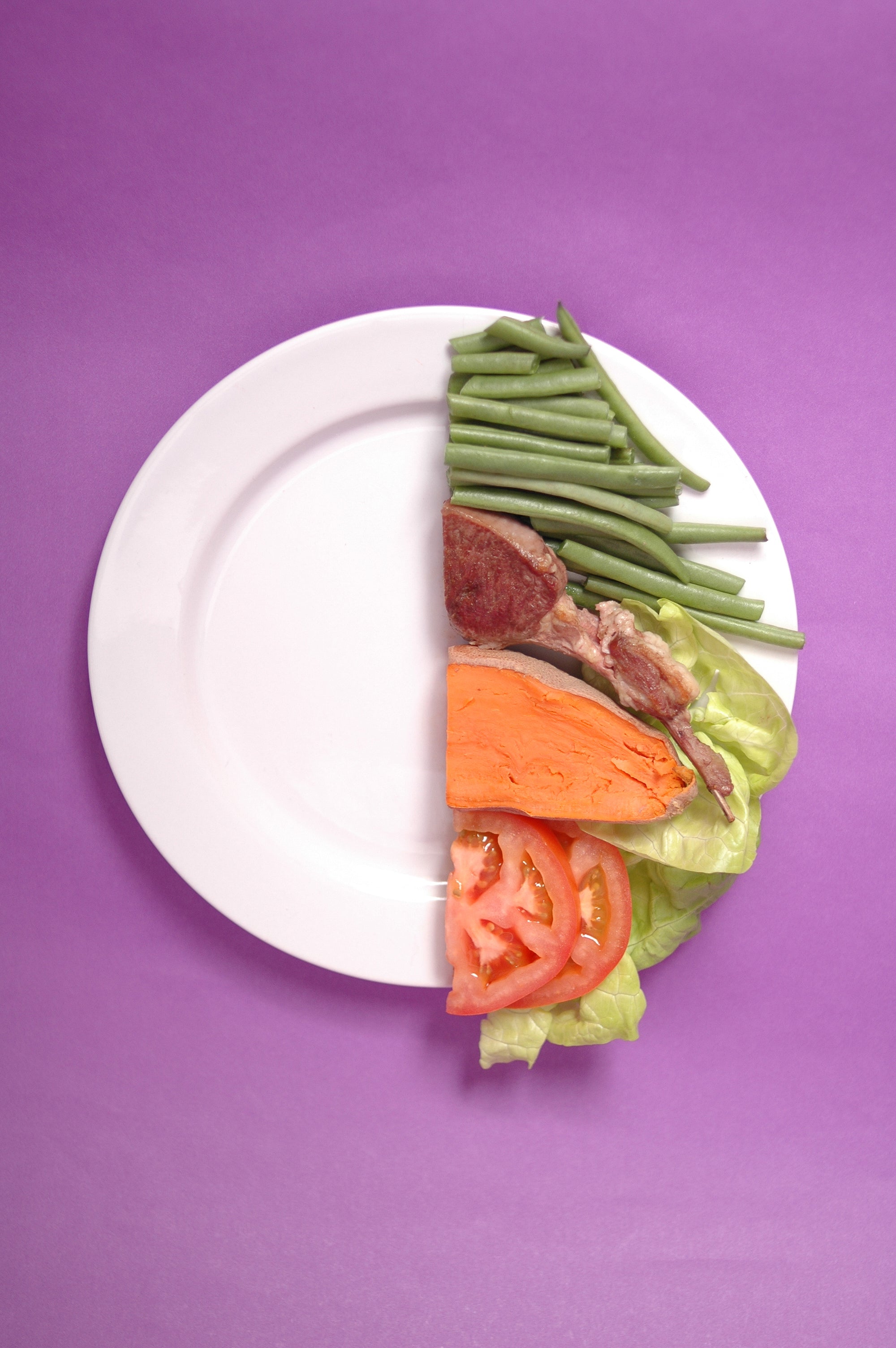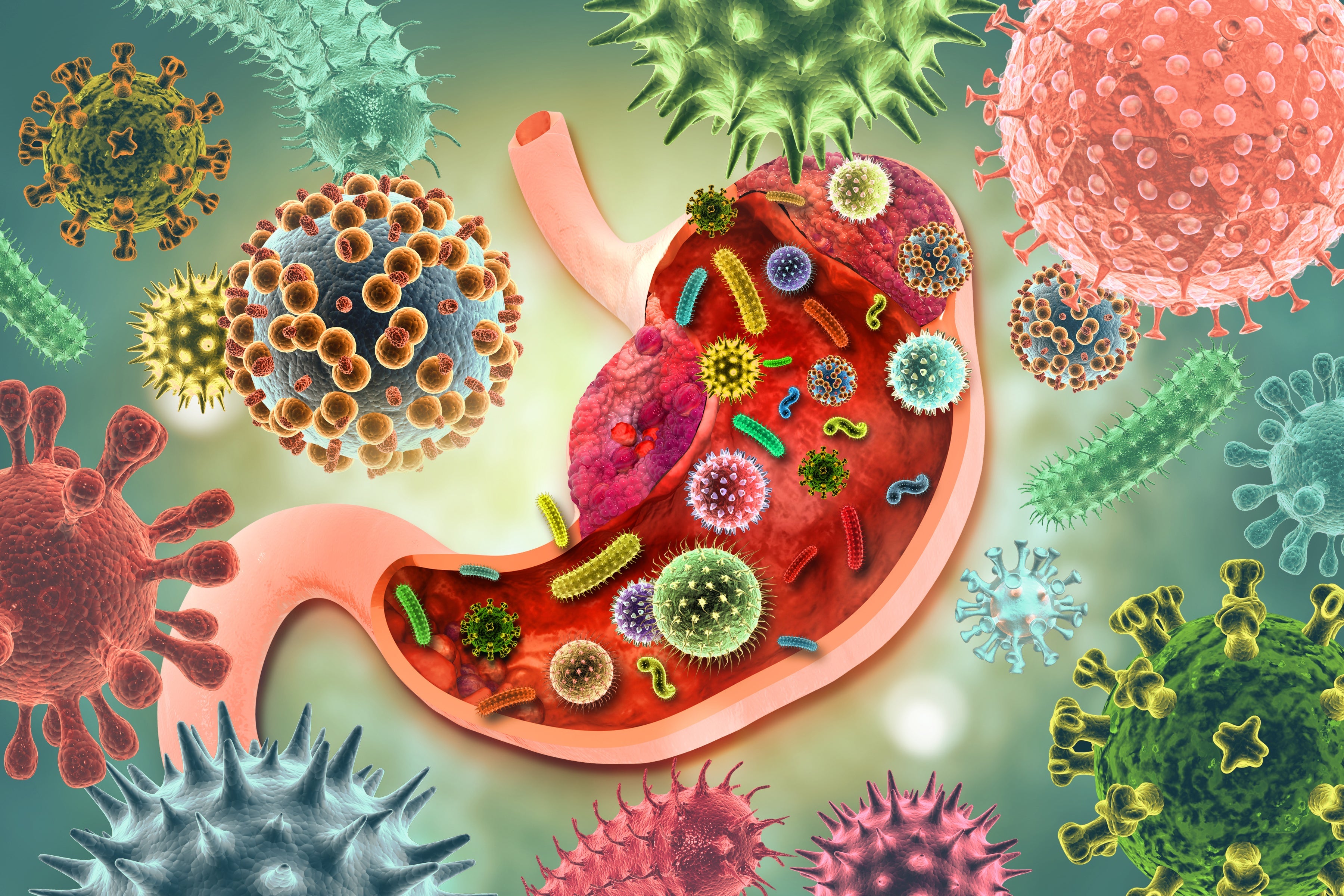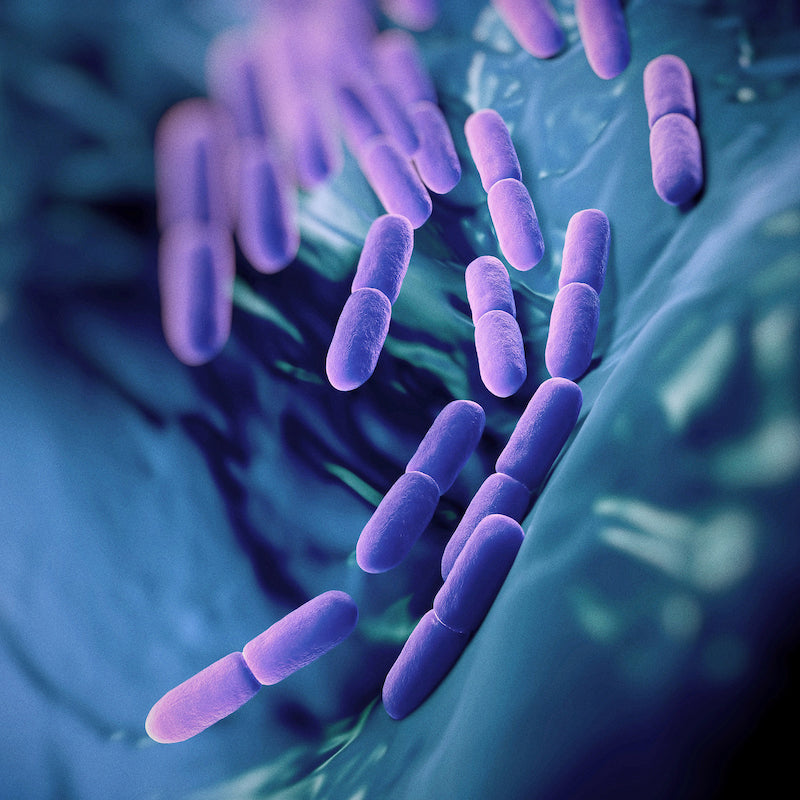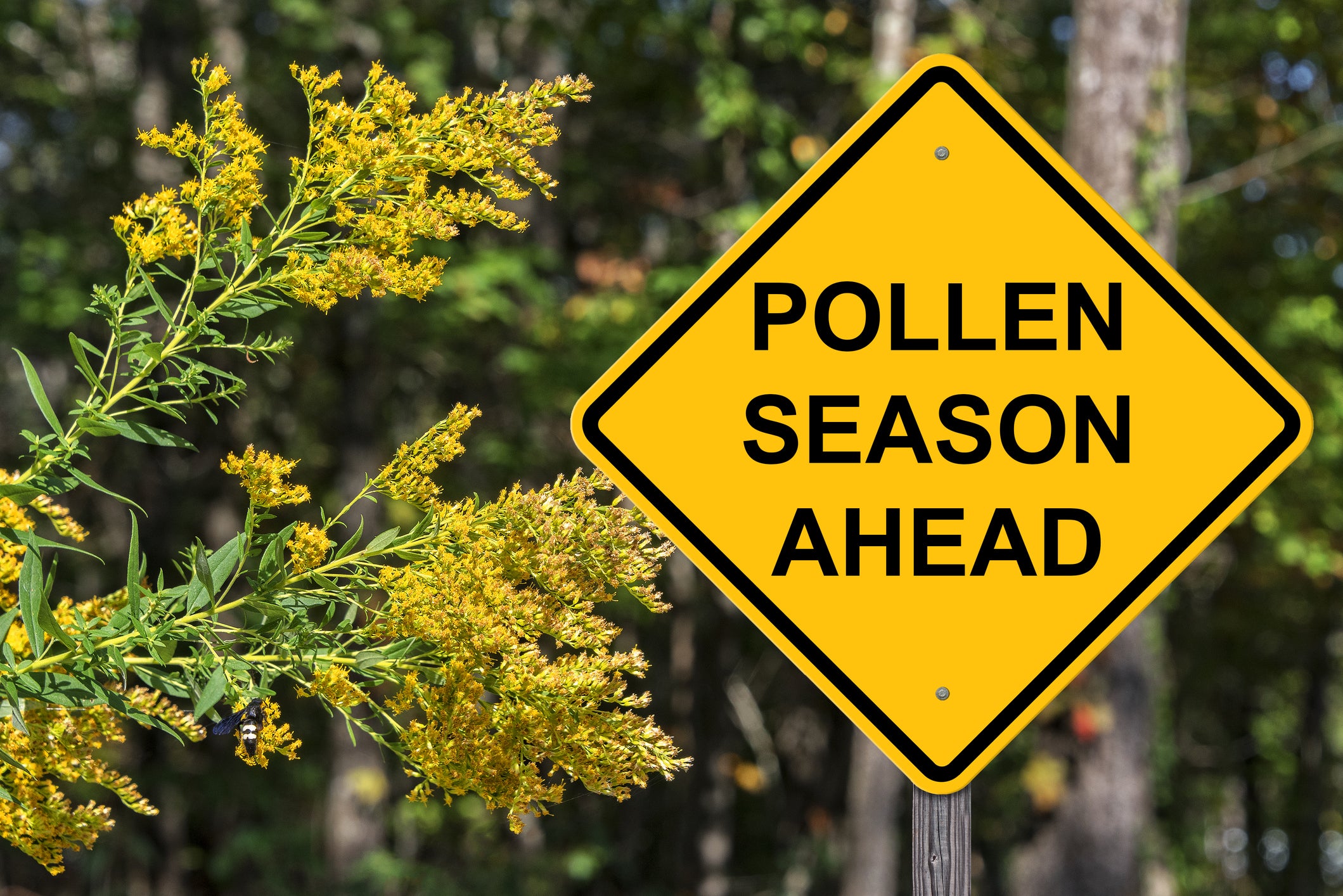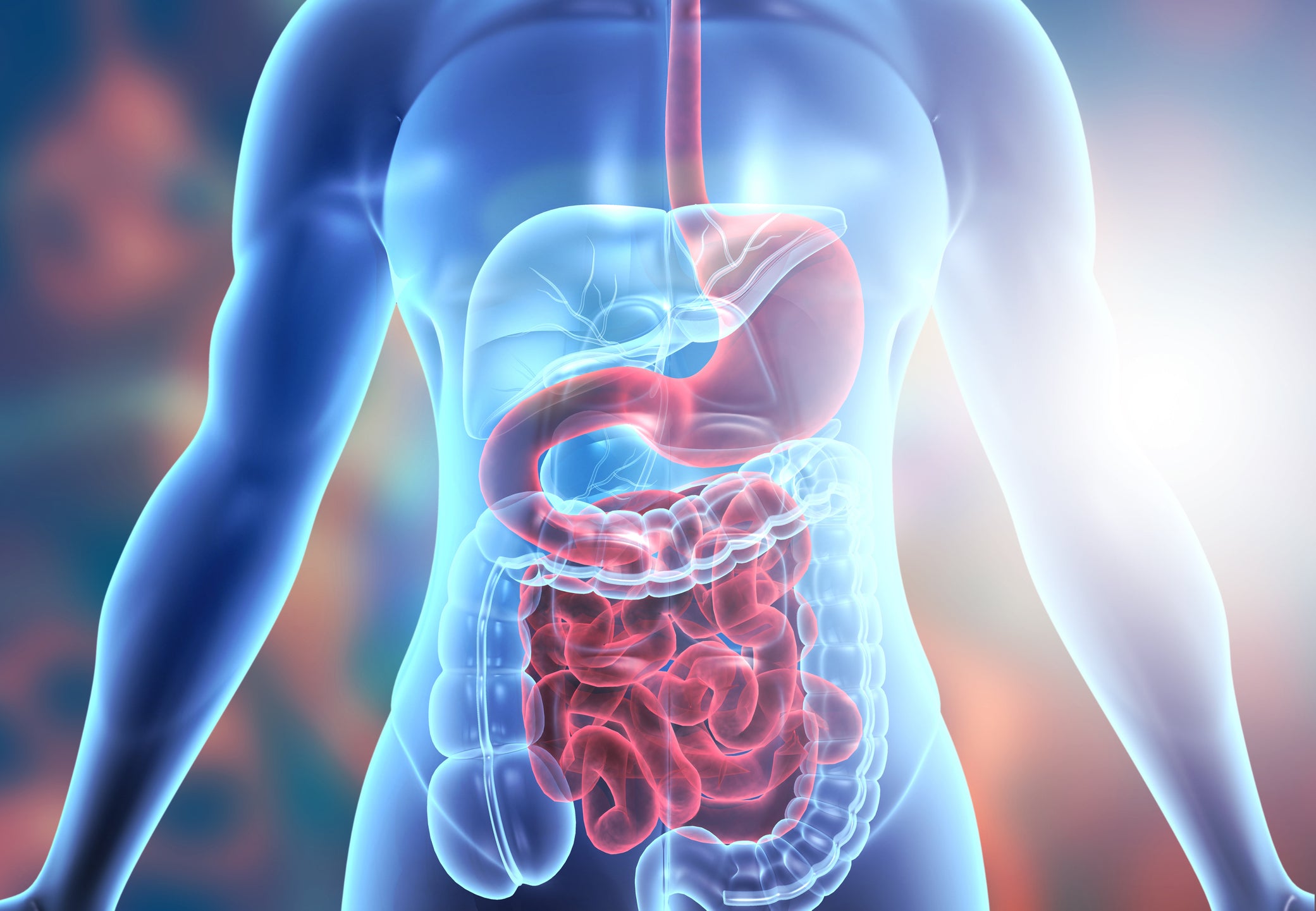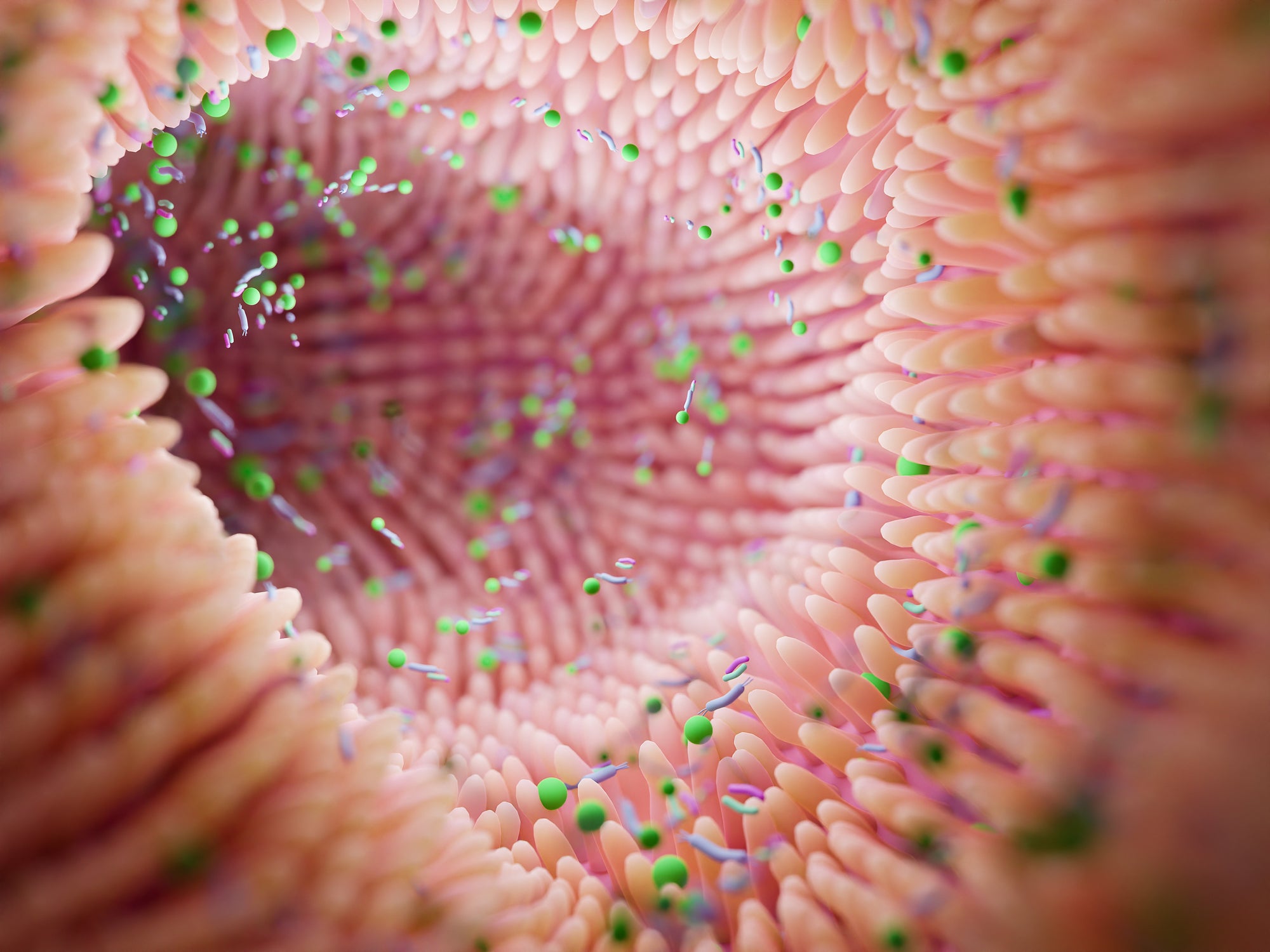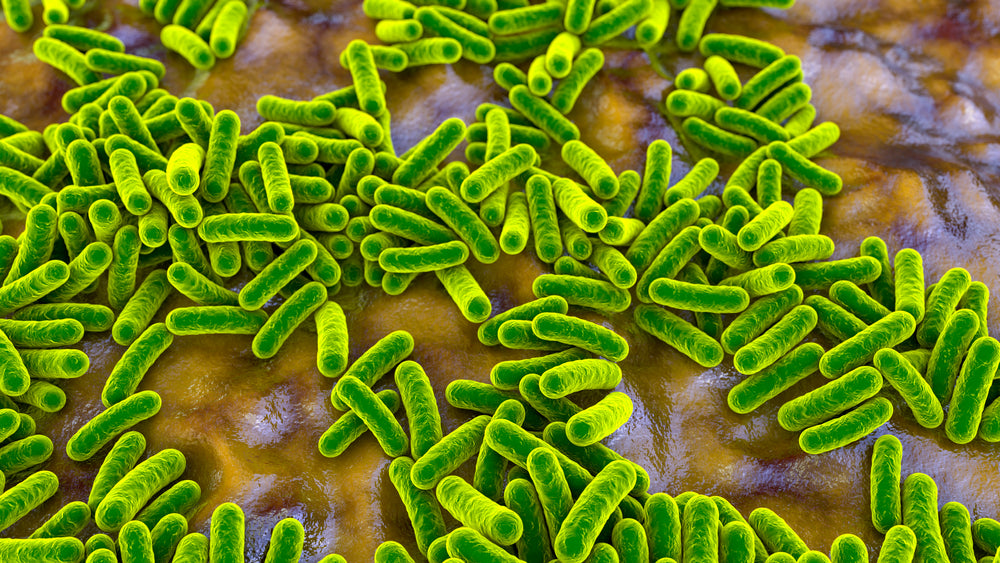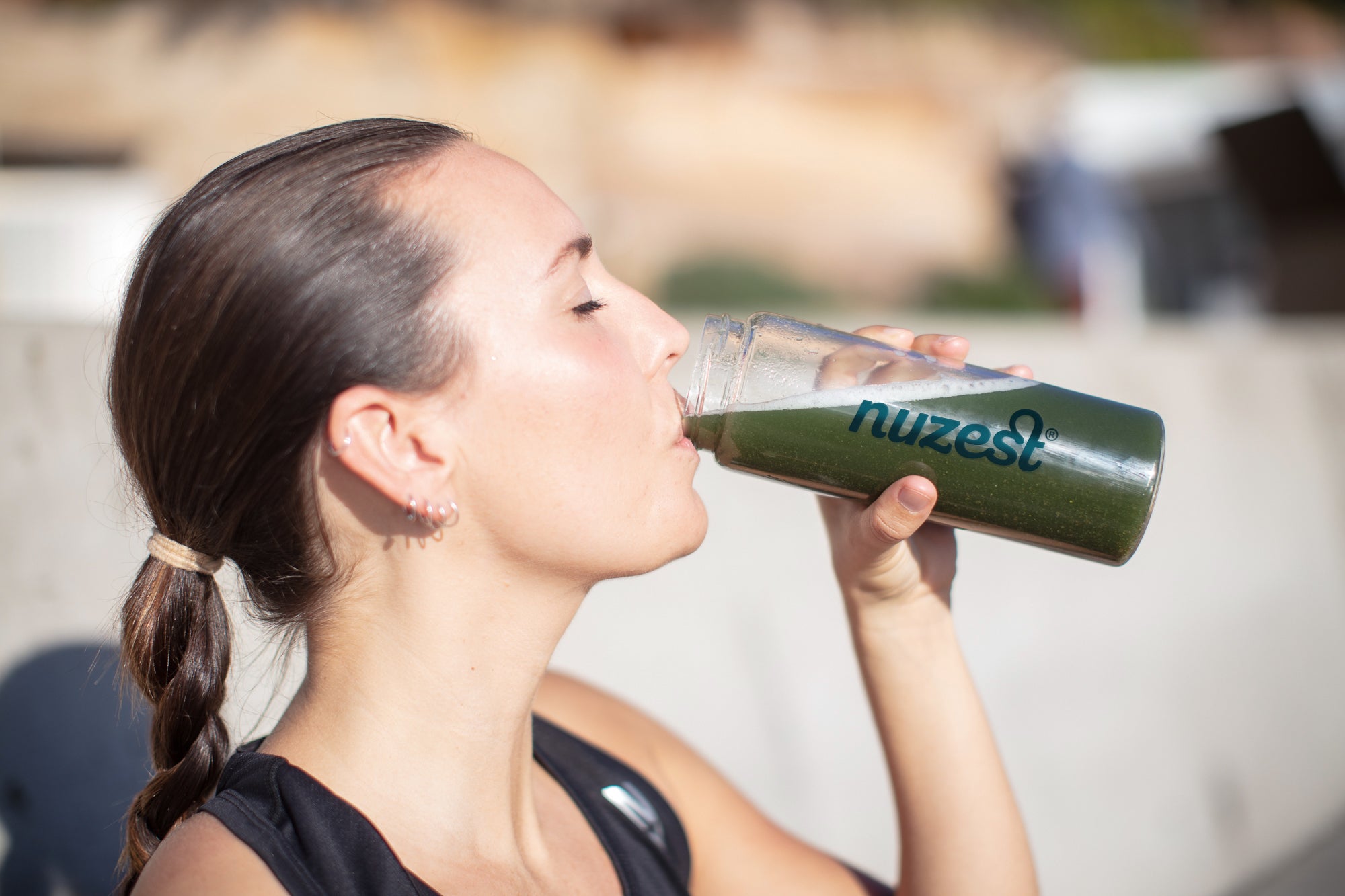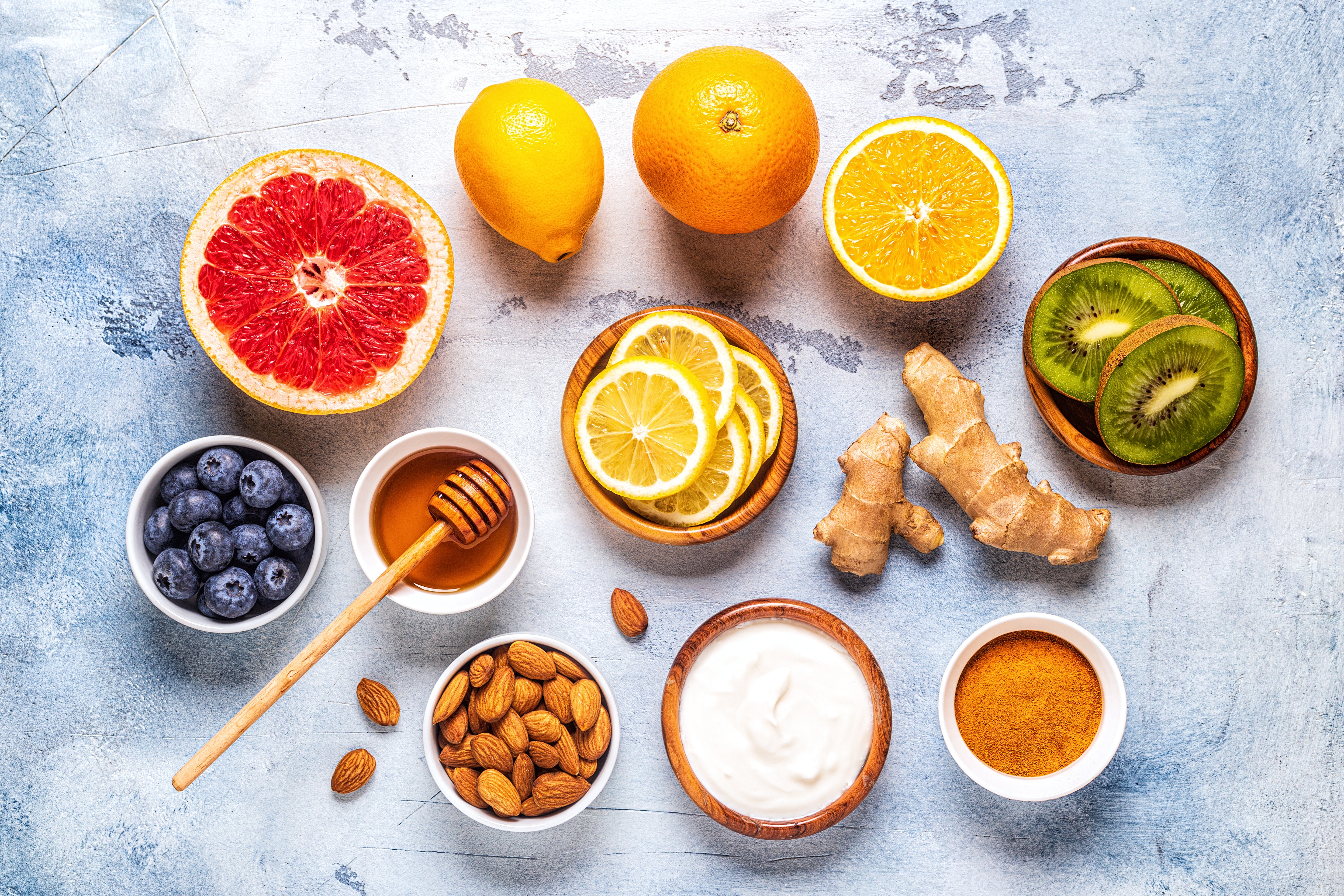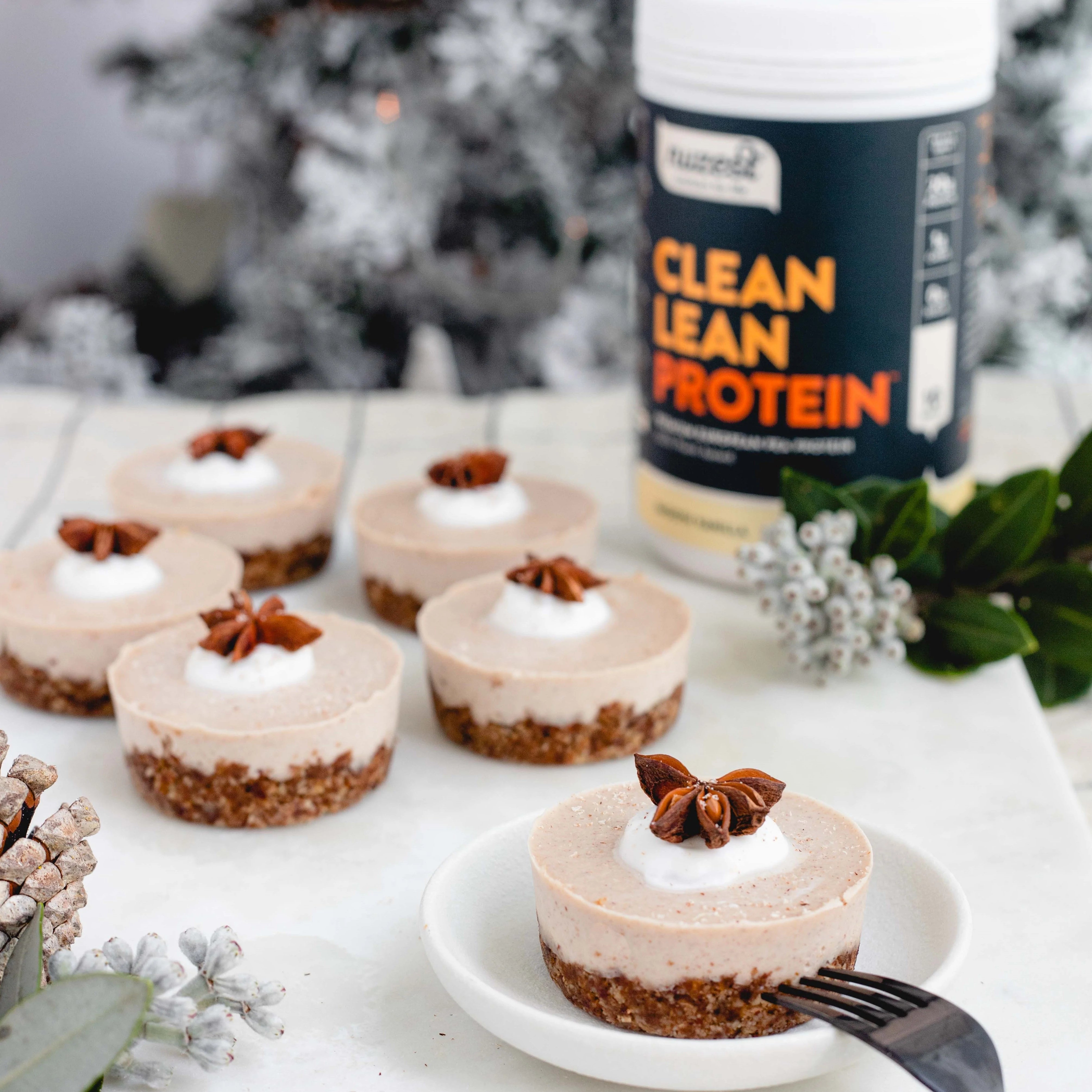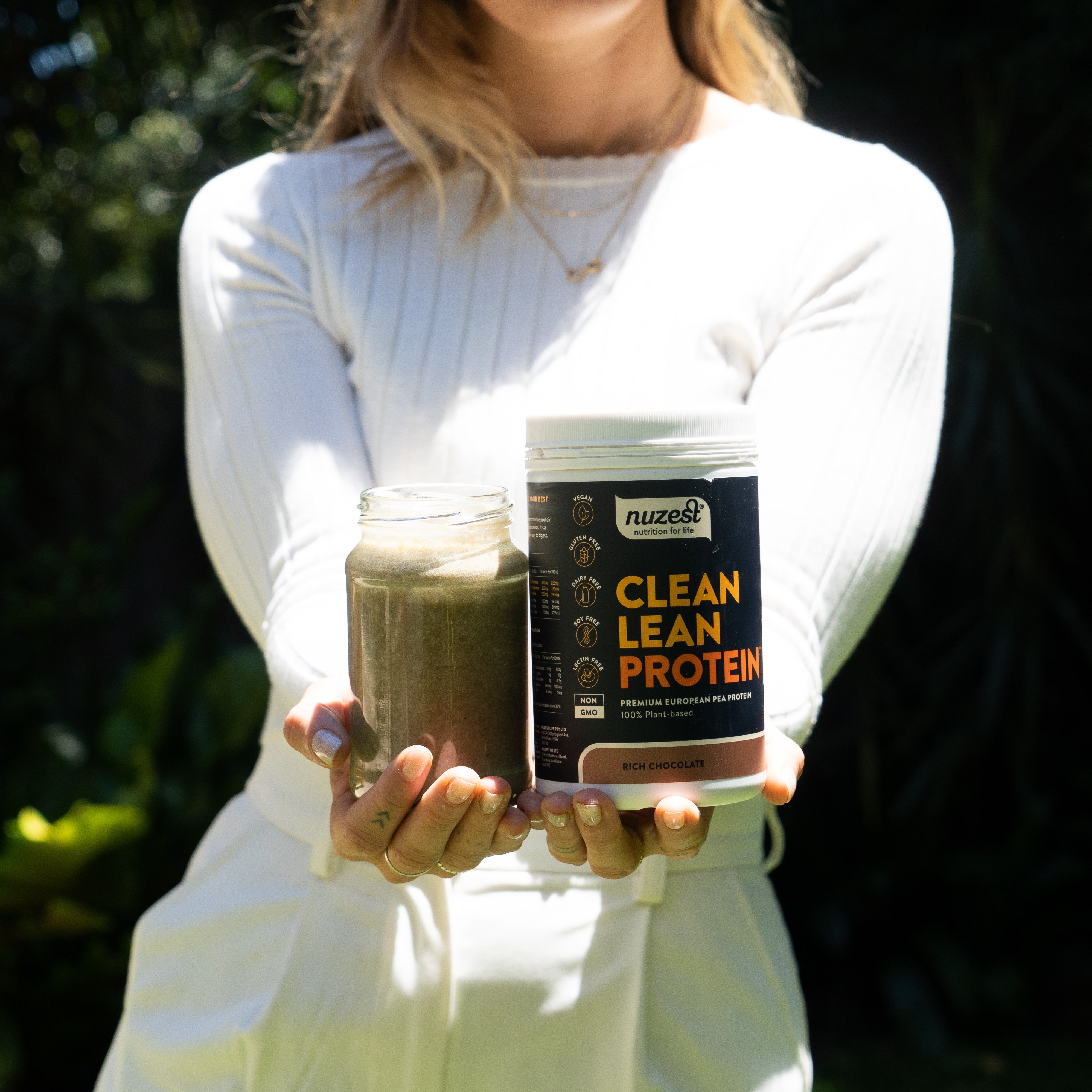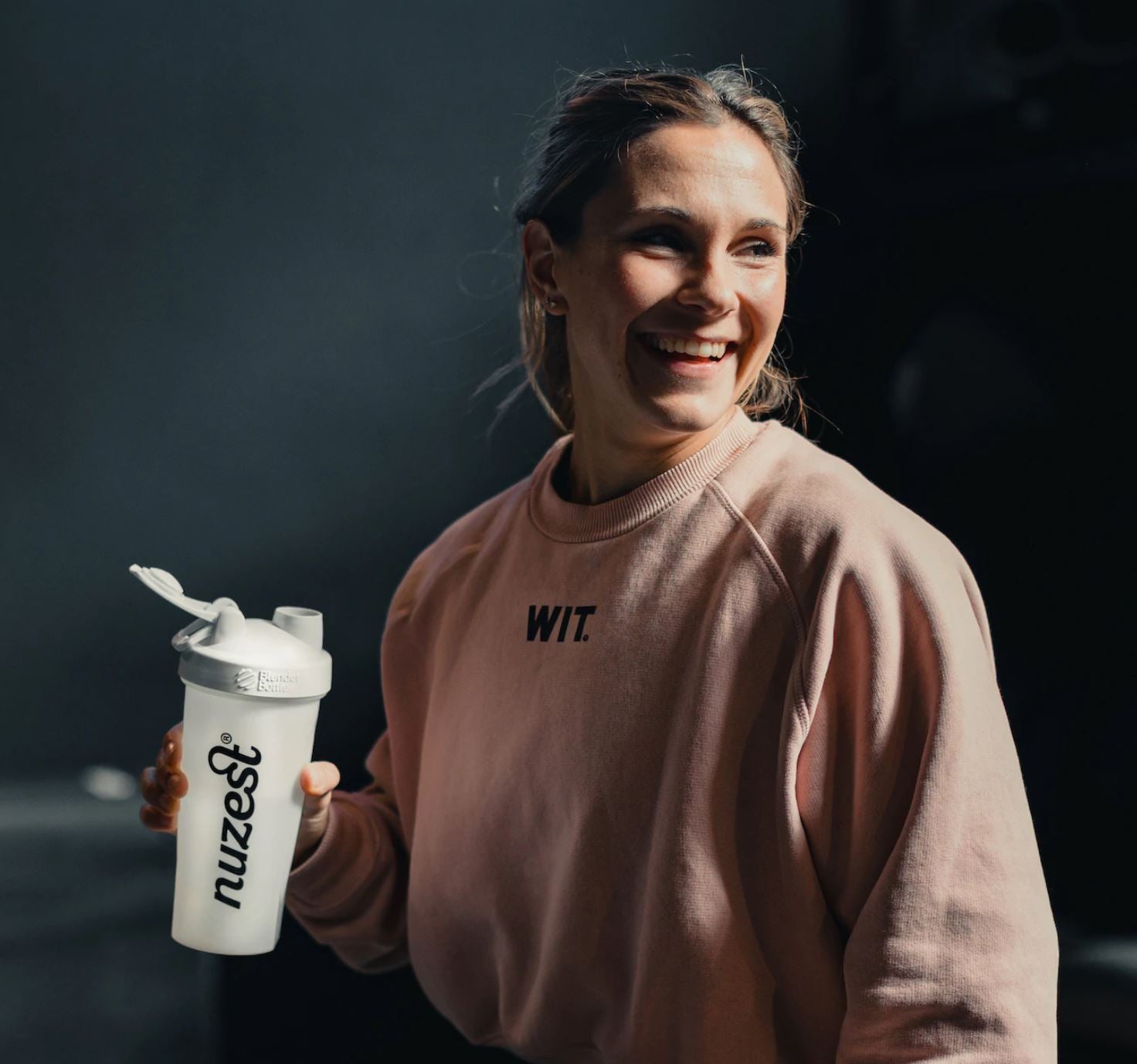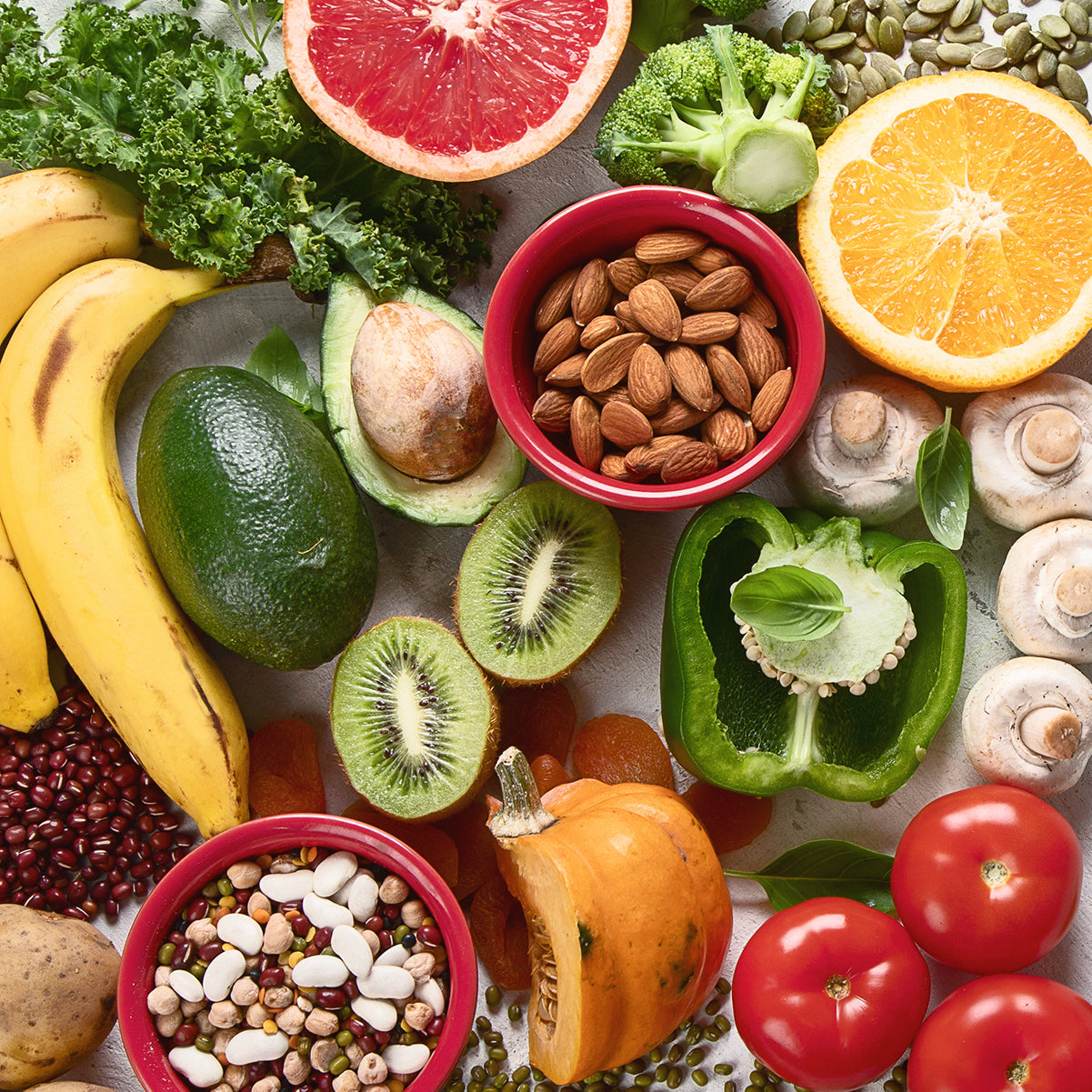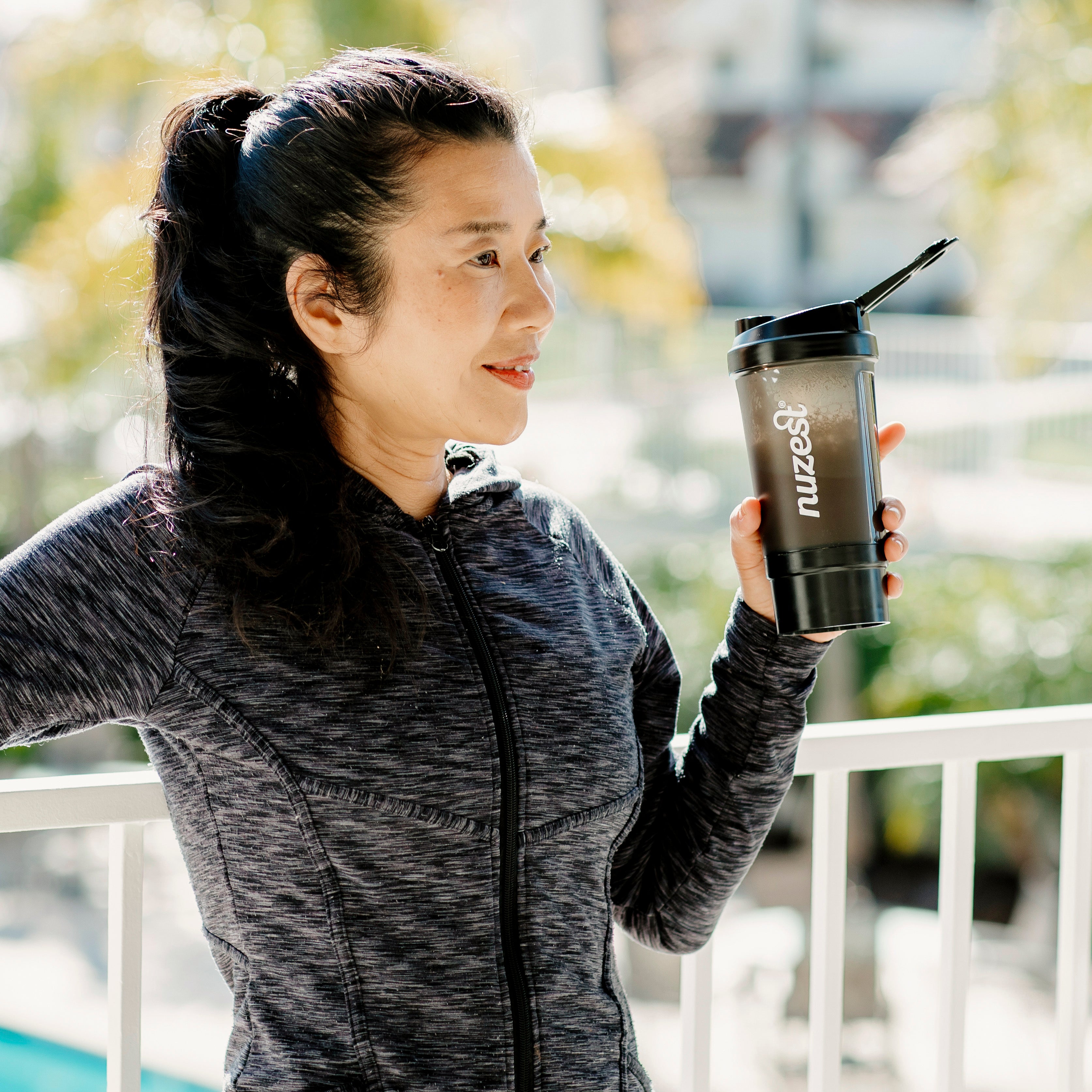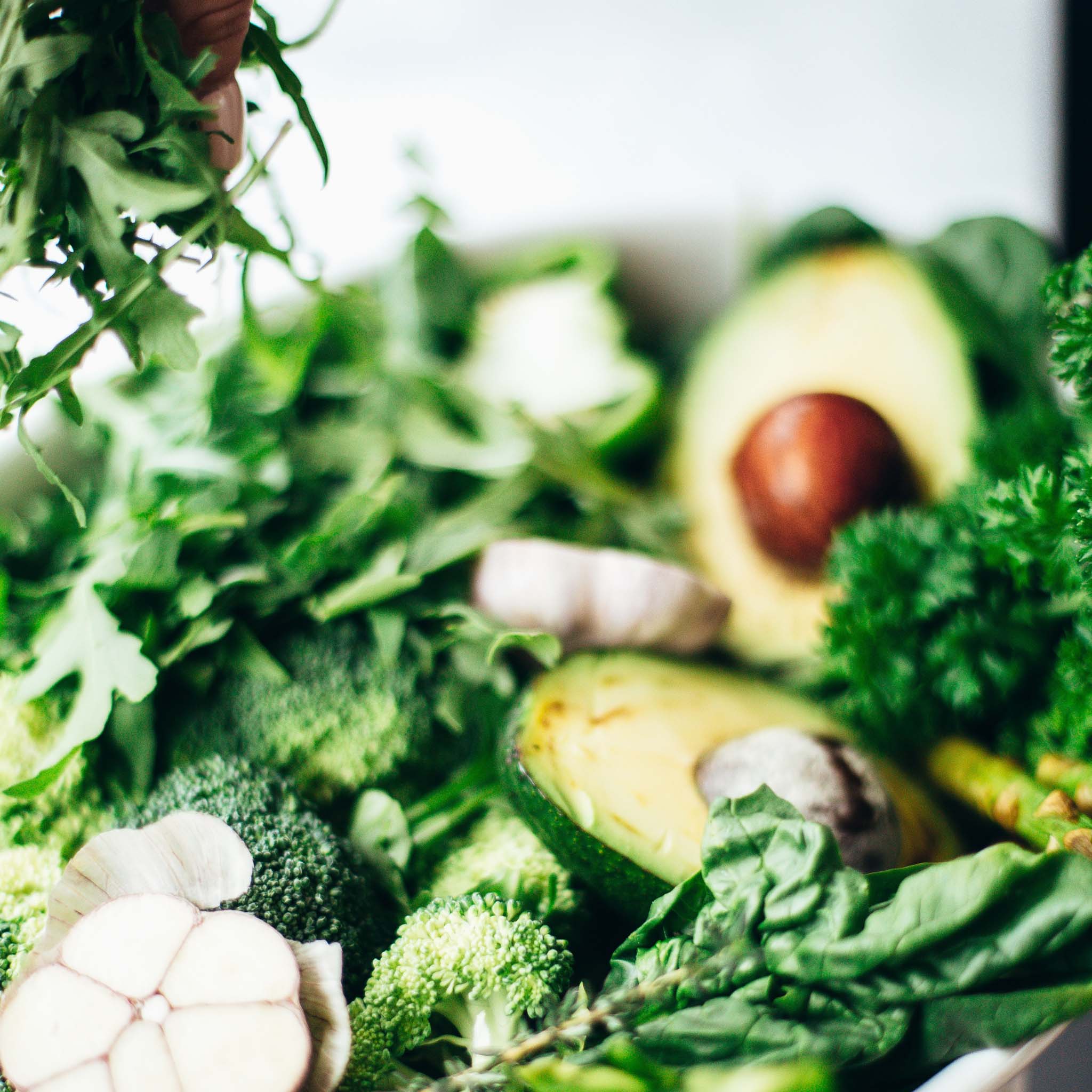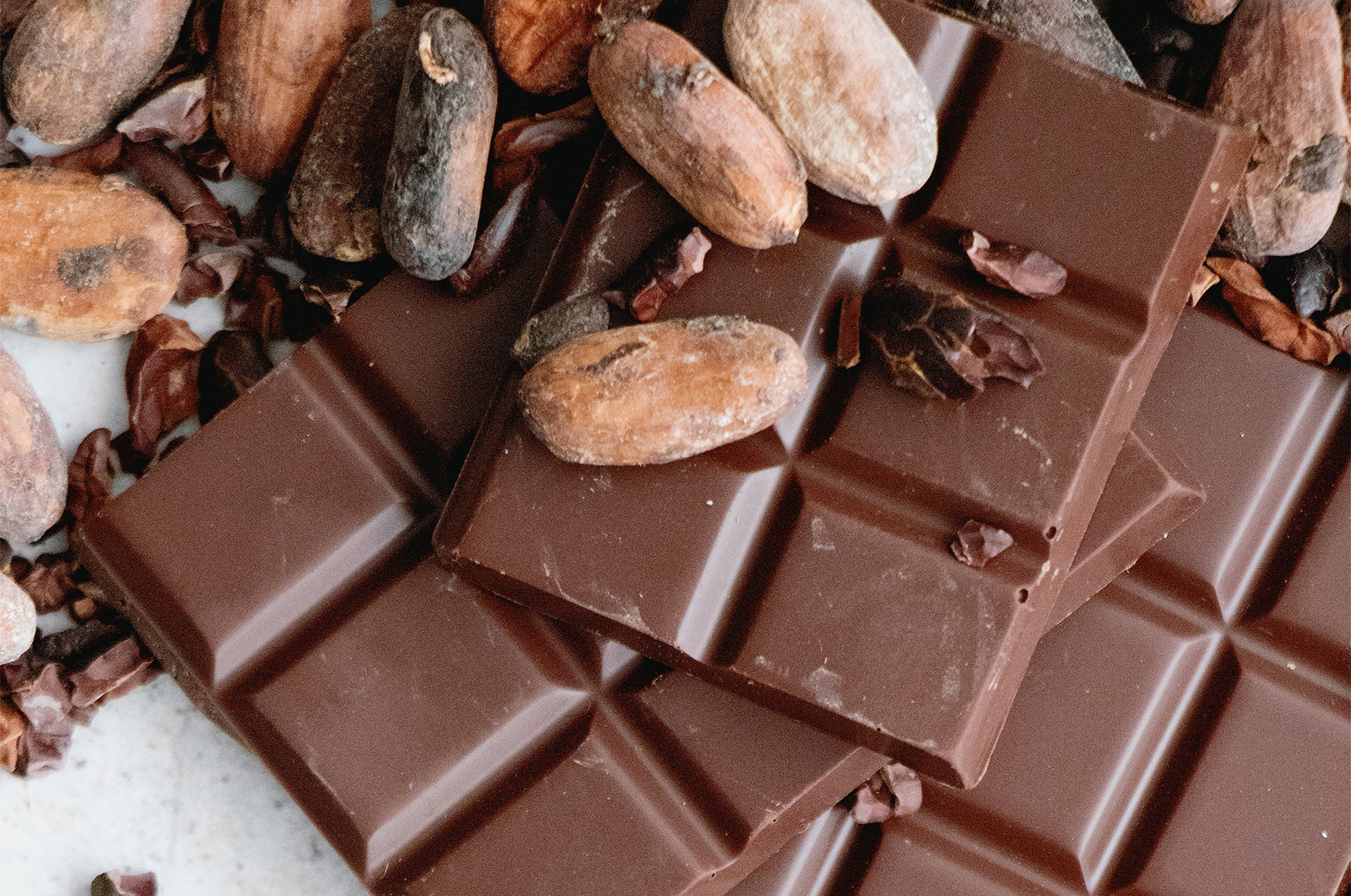Author: By Sheila Kristeen Brito (BANT Registered Nutritionist)
When it comes to school lunch ideas, the first three words that come to mind are ‘easy to prepare.’ Will this meet the Recommended Dietary Intake (RDI)?
Children have specific nutritional requirements for growth and development. Ensuring that they get the required macronutrients (carbohydrates, protein, and fat) and micronutrients (vitamins and minerals) daily can be easier said than done.
If you’re new to preparing school meals or struggling with ideas, making sure that your child’s diet is nutrient-rich, high in plant-based foods, and low in salt and sugar is a good way to start.
The Australian Dietary Guidelines (ADG) recommend daily consumption from the five food groups to achieve a balanced diet. Food and drinks with added sugar should be avoided or at least limited to less than 10% of energy intake - that’s the rule of thumb for children and parents alike.
- Vegetables & legumes/beans
- Fruit
- Grain (cereal) foods, mostly wholegrain
- Lean meat and poultry, fish, eggs, nuts and seeds, and legumes/ beans
- Milk, yoghurt, cheese and/or alternatives (mostly reduced fat)
Recommendations on serving sizes based on age group and energy needs are available at www.eatforhealth.gov.au
Bread is a great way to add cereal grains, B vitamins, and some protein to the diet. However, more than 2 slices a day may contain too much sodium, especially for little ones.
We need sodium in our bodies for energy processes and electrolyte balance. Having too much from a young age increases risk of chronic disease in adult years, as well as predispose children to a ‘salty’ taste preference.
Unless you bake your own, most commercially prepared bread contain quite a bit of salt - quite naturally a part of the baking process. The table above shows reference values for adequate intakes of salt (sodium) per age group. Find out more at https://www.nrv.gov.au/nutrients/sodium

Every child has different nutritional needs and taste-preference. (Mine requires a gluten-free, dairy-free, low sugar diet)
If you’re changing your child’s diet, involve the family when introducing new foods. Sample new food or recipes together during meals at-home, before including these in your child’s lunch box. Involve children in the preparation of meals and lunch boxes where possible, eg., washing fruit and vegetables, filling up water bottles, etc.
If increasing plant-based food intake is your goal, studies show that making vegetables and fruit available and accessible (washed, peeled, cut) in the home-setting helps to encourage more intake.
Boys and children who are older, taller, or very active may have higher energy requirements than others. Some have a really good appetite, while others may be more picky and avoid certain textures in food. Make the guidelines work for you by applying it to you and your child's needs, time, and budget.
Freshly prepared or last night’s leftovers?
Remove your eyes from all devices at least 40 minutes before bed. Artificial light interferes with our production of Melatonin. Try and not be on your phone late at night.
If you have time, freshly prepared meals made with whole foods are always best - stored in airtight and insulated containers to avoid spoilage. Add ice packs for food that need to stay cold (containing fish or meat products, eggs and mayonnaise, dairy). Keep in double-insulated flasks for meals that are best consumed warm.
If not, adding raw vegetables on-the-side to complement a sandwich (eg. with protein source, salad leaves, and a dash of olive oil) or, to last night’s leftovers makes a colourful meal, adds crunch, and provides a source of important vitamins and dietary fibre.
To manage expectations, I find that packing the previous night’s leftovers goes well after a two-way conversation. On active days, I make sure to pack a banana or home-made snack bar, and a pea protein drink (made up with water) as extra nourishment. Bananas are a good energy source, with no added sugar. See what works for you and your child.
If you and your family are following a strictly vegan diet, please ensure that your child’s health practitioner knows. Anyone on a vegan diet requires B12 supplementation to avoid deficiencies, maintain energy, blood production, nerve health, heart health, and prevent disease.
Last but not least, ensure that your child is drinking enough water regularly, especially at-school. Our bodies are made up of 50% to 80% water, and we need it to maintain all body functions. Minimum requirements vary from 1L to 1.6L from ages 1 year to 17 years. Avoid fizzy drinks, soft drinks, and/or fruit juice, especially those with added sugar. The high sugar in these drinks increase children’s risks to obesity and chronic disease. Instead, opt for a spritz of lemon in their water, if flavour is sometimes needed. Visit https://www.nrv.gov.au/nutrients/water for recommendations per age group.
Sandwich Ideas
Bread / pita bread / rice crackers and protein source (fish, lean meat, egg, tofu, cheese, or plant-based protein), with fresh vegetables (avocado, carrots, cucumber, celery, tomatoes) , falafel, and berries. Add lettuce or green leaves, as needed.
Other Lunch Ideas
A heavier lunch may be required for older children or those with higher energy requirements. When time poor, I mix in pasta with chilli tuna/ leftover salmon / roast chicken, olive oil, black pepper, and wilted spinach, and add grape tomatoes and avocado slices on the side. Potatoes (hot or cold) are also great as source of carbohydrate, protein, and other nutrients. Rice goes well with most protein based dishes and vegetables. Add a bit of nori as a source of iodine, that is essential for growth.






